Crash Tests for Dummies
School yourself on the car tests and learn how to read the results.

Quick quiz: If a Smart Fortwo microcar (weighing in at 1,800 pounds) and a Mercedes-Benz C300 midsize sedan (3,500 pounds) both get a four-star crash rating for head-on collisions, are they equally safe? // If you answered no, take a bow. The Insurance Institute for Highway Safety recently crash-tested the Fortwo and two minicars against midsize cars to show the impact (literally) of added size and weight in a two-car crash. In the video showing the Fortwo and C300 collision (search YouTube for “offset frontal crash”), the Fortwo is launched, spinning, into the air. In fixed-barrier tests, the tiny cars did a good job of protecting the driver and front passenger. But in collisions with larger vehicles, their occupants would have been seriously injured.
The results raise a couple of crucial questions: What, exactly, do crash-test results mean? And if small cars get pummeled in two-vehicle collisions, should you buy one? Safety is relative. True, the IIHS test was pretty damning, and the accompanying report emphasizes the laws of physics in crash-test safety. It’s also true that crash-test scores are relative: You can compare results only among vehicles of similar size and weight.
But it's not as simple as bigger (and heavier) is better. For example, trucks and SUVs may have the upper hand in crashes with cars, but their advantage is offset by increased risk of rollover.

Sign up for Kiplinger’s Free E-Newsletters
Profit and prosper with the best of expert advice on investing, taxes, retirement, personal finance and more - straight to your e-mail.
Profit and prosper with the best of expert advice - straight to your e-mail.
As for the Fortwo-versus-C300 crash, Lena Pons, auto-safety expert for the group Public Citizen, notes that such crashes are rare (fewer than 5% of all accidents) and are most likely to occur on rural roads and undivided highways. Plus, she says, “car crashes are not simple physics. There are a number of things you can do to prevent damage.”
The government has already set improved standards to minimize side impact -- the biggest risk for small cars in two-vehicle crashes, according to Pons. The new standards took effect in 2007, and electronic stability control, which helps cars regain traction, will be standard in 2012 models. New features designed to prevent accidents -- such as blind-spot detection, lane-departure warning systems and radar braking -- help avert disaster when size alone cannot.
The height and weight of bigger vehicles are also coming down, as seen in the trend away from traditional SUVs and toward crossover vehicles. Lower bumpers on these new vehicles match up better with those of smaller cars in a crash, reducing damage.
Shopping for safety.
If you’re in the market for a small car, do your research. Adrian Lund, president of IIHS, suggests that you consult ratings for cars from both his organization and the National Highway Traffic Safety Administration, which conducts a slightly different test. Plenty of models earn “good” ratings in the IIHS tests and the maximum five stars in the government’s tests. “There’s no reason to settle for anything less,” says Lund.In addition, buy as much safety technology as you can afford. Buyers are often reluctant to pay more for unseen safety features, says Jack Gillis, of the Consumer Federation of America. But, he notes, “you have a better chance of not becoming a statistic.”
Large sedans and minivans actually have the best overall safety records, says Rae Tyson, of NHTSA. So if you think small might not be your style, just wait -- more fuel efficiency will be designed into vehicles of all sizes. By 2016, under the new system for fuel efficiency, vehicles will be required to get better mileage (39 miles per gallon for cars and 30 mpg for light trucks and SUVs). Carmakers will still produce bigger cars, albeit with smaller engines and reduced horsepower. Alternative powertrains (such as hybrids and diesel engines) and lightweight materials (such as carbon fiber and aluminum) will help them meet the standards without much downsizing.
Get Kiplinger Today newsletter — free
Profit and prosper with the best of Kiplinger's advice on investing, taxes, retirement, personal finance and much more. Delivered daily. Enter your email in the box and click Sign Me Up.

-
 Stock Market Today: Stocks Soar on China Trade Talk Hopes
Stock Market Today: Stocks Soar on China Trade Talk HopesTreasury Secretary Bessent said current U.S.-China trade relations are unsustainable and signaled hopes for negotiations.
By Karee Venema
-
 2026 Disney Dining Plan Returns: Free Dining for Kids & Resort Benefits
2026 Disney Dining Plan Returns: Free Dining for Kids & Resort BenefitsPlan your 2026 Walt Disney World vacation now. Learn about the returning Disney Dining Plan, how kids aged three to nine eat free, and the exclusive benefits of staying at a Disney Resort hotel.
By Carla Ayers
-
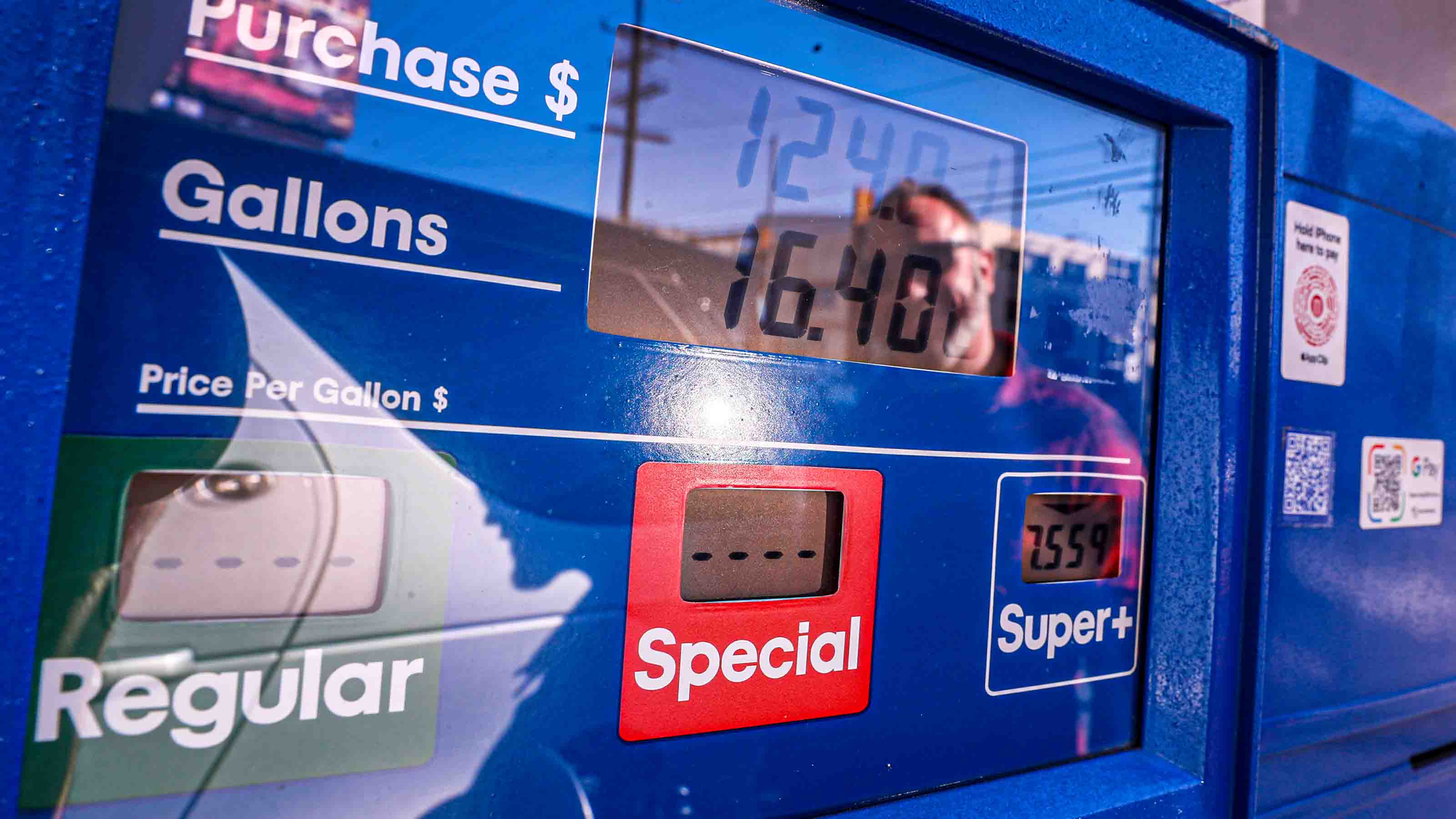 Gas-Saving Tips That Actually Work
Gas-Saving Tips That Actually WorkThese are gas-saving tips that will actually work for you and your car this year.
By David Muhlbaum
-
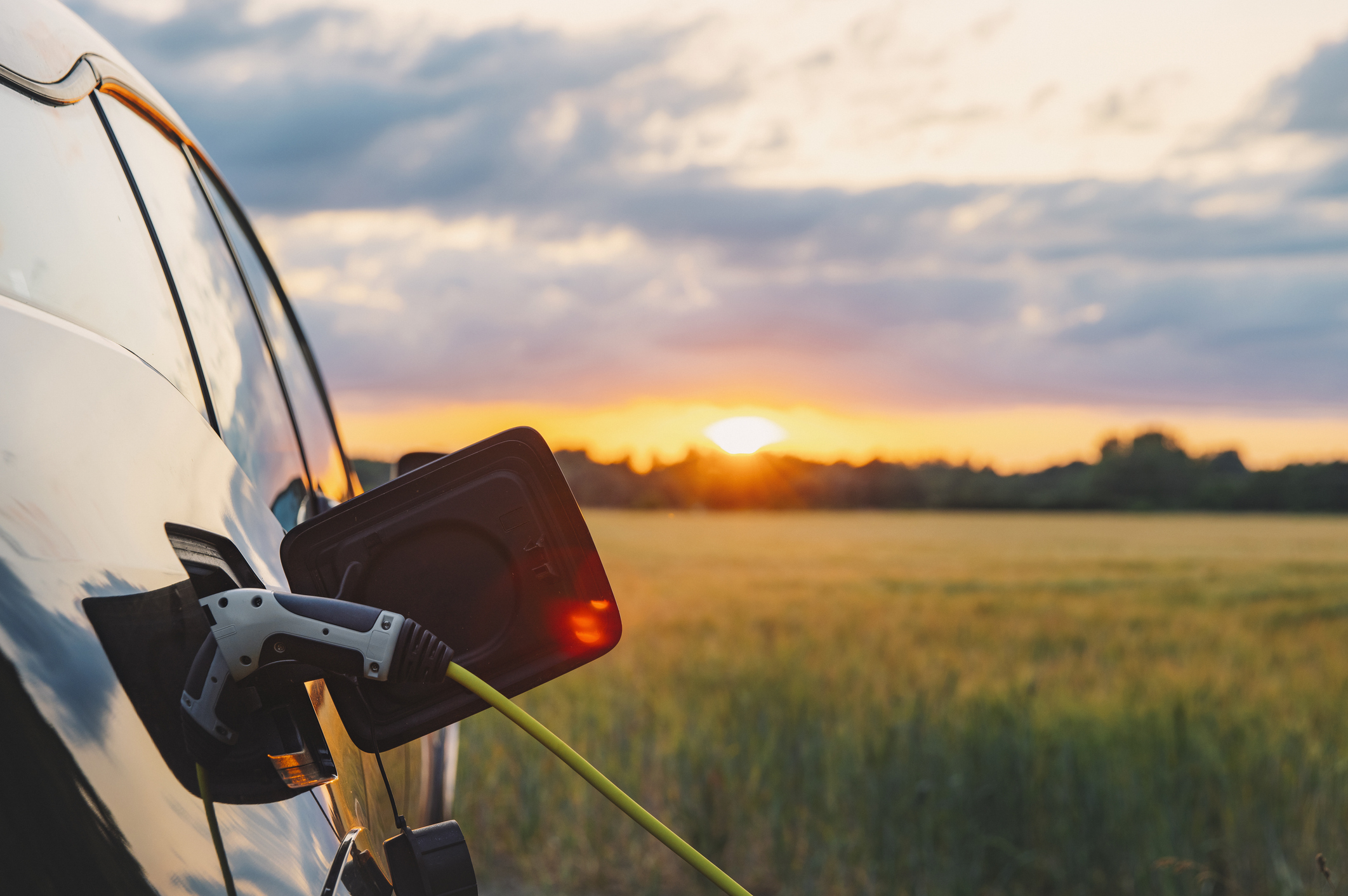 Want to Lease an EV? The Tax Credit 'Loophole' for That Could Go Away Soon
Want to Lease an EV? The Tax Credit 'Loophole' for That Could Go Away SoonTax Credits If you are deciding whether to lease or buy a car, here's what you need to know about the EV lease tax credit.
By Kelley R. Taylor
-
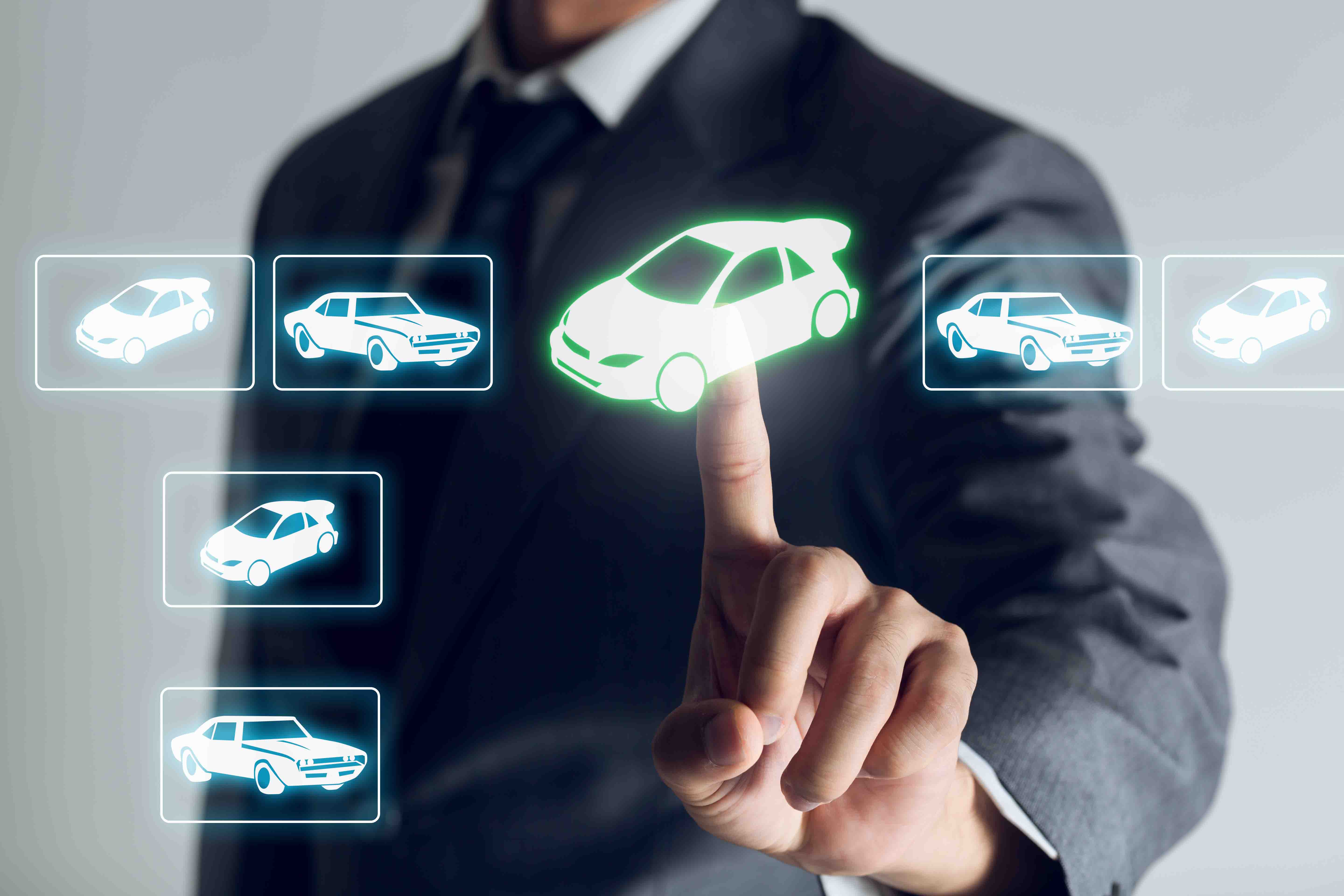 Car Buying in a Topsy-Turvy Market
Car Buying in a Topsy-Turvy MarketYou need a new car? Good luck with that! What should you do? We've got some answers.
By Katherine Reynolds Lewis
-
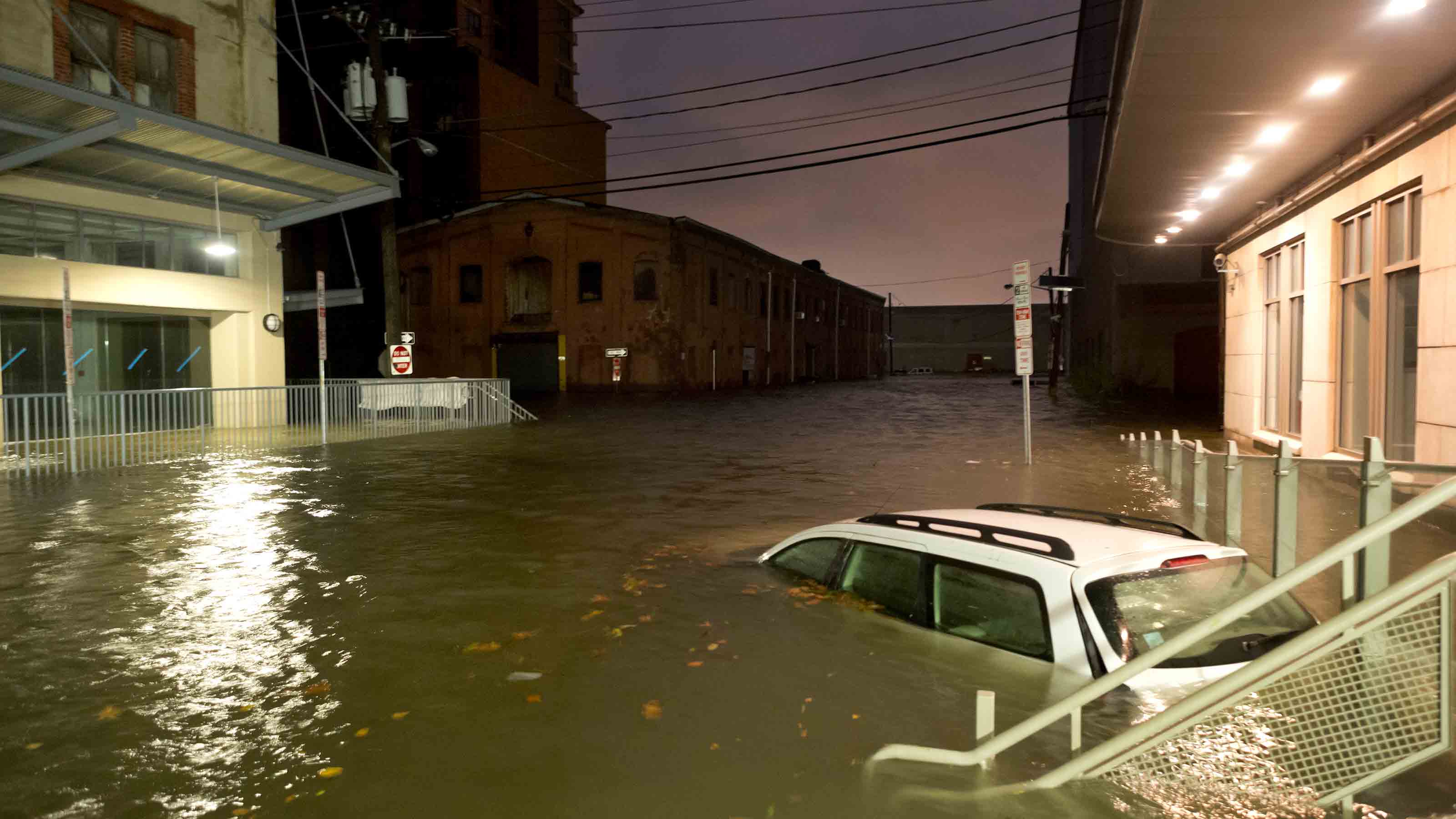 Watch Out for Flood-Damaged Cars from Hurricane Ian
Watch Out for Flood-Damaged Cars from Hurricane IanBuying & Leasing a Car In the wake of Hurricane Ian, more flood-damaged cars may hit the market. Car prices may rise further because of increased demand as well.
By Bob Niedt
-
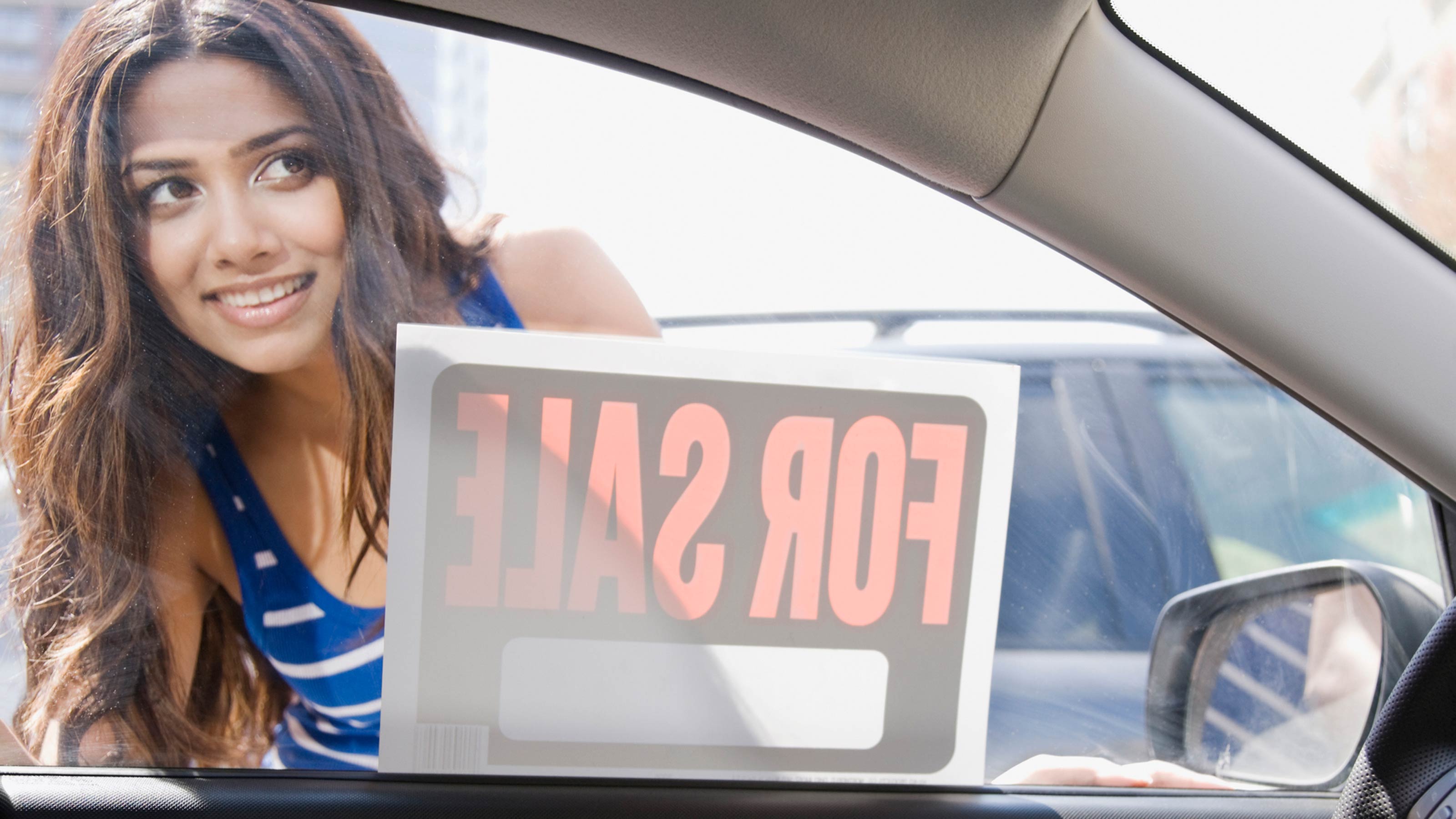 Car Buyers: The 3-Day Grace Period Is Just a Myth!
Car Buyers: The 3-Day Grace Period Is Just a Myth!Buying & Leasing a Car Many car buyers think they have three days after making a purchase to return a car. Here’s where they’re going wrong, and what they should do instead to get a decent used car.
By H. Dennis Beaver, Esq.
-
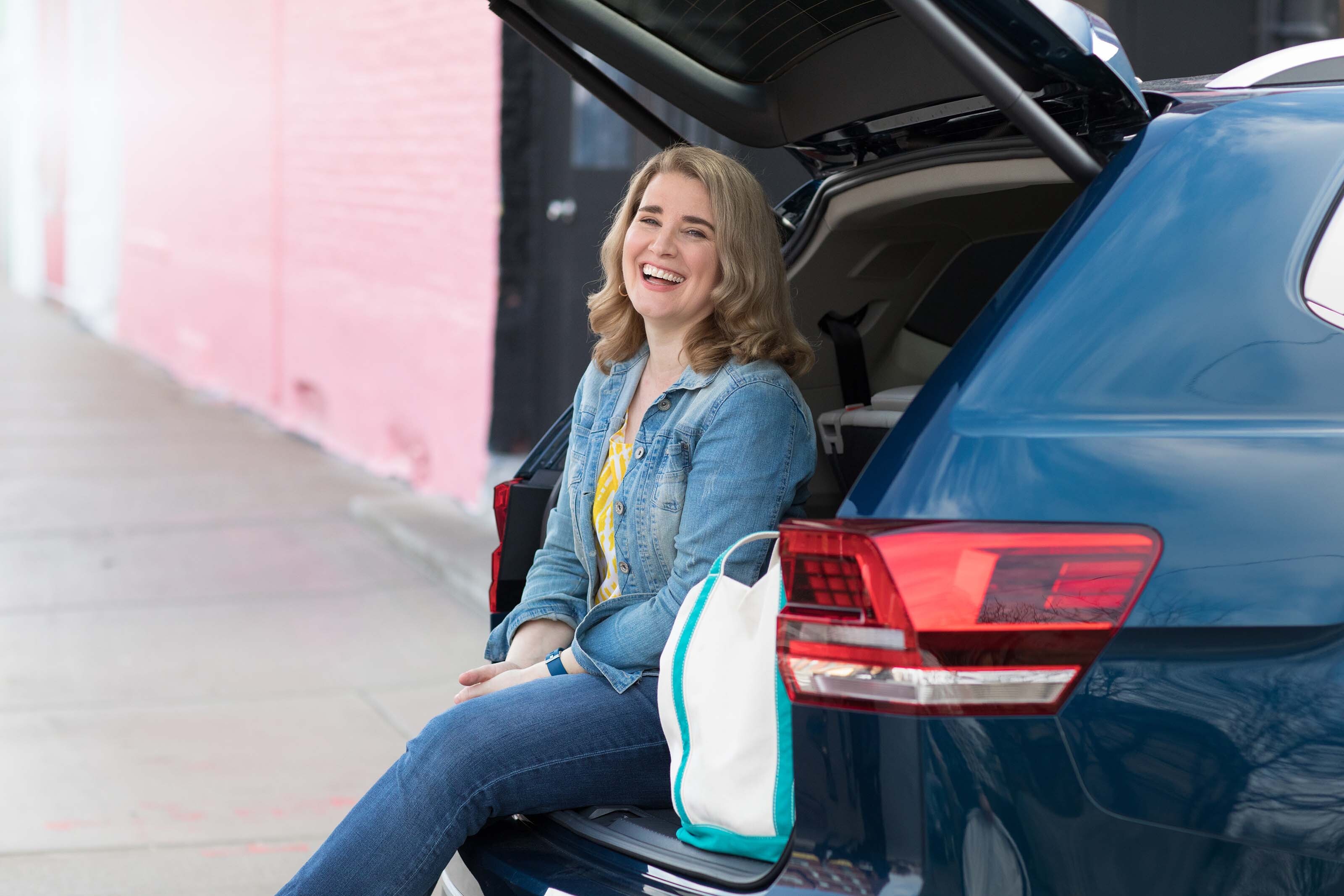 PODCAST: Car-Buying in an Inflated Market with Jenni Newman
PODCAST: Car-Buying in an Inflated Market with Jenni NewmanBuying & Leasing a Car With cars both scarce and expensive these days, what to do if you want – or need – a new ride? Car-buying strategist Jenni Newman of Cars.com shares some tips. Also, more on the magical 9% savings bond.
By David Muhlbaum
-
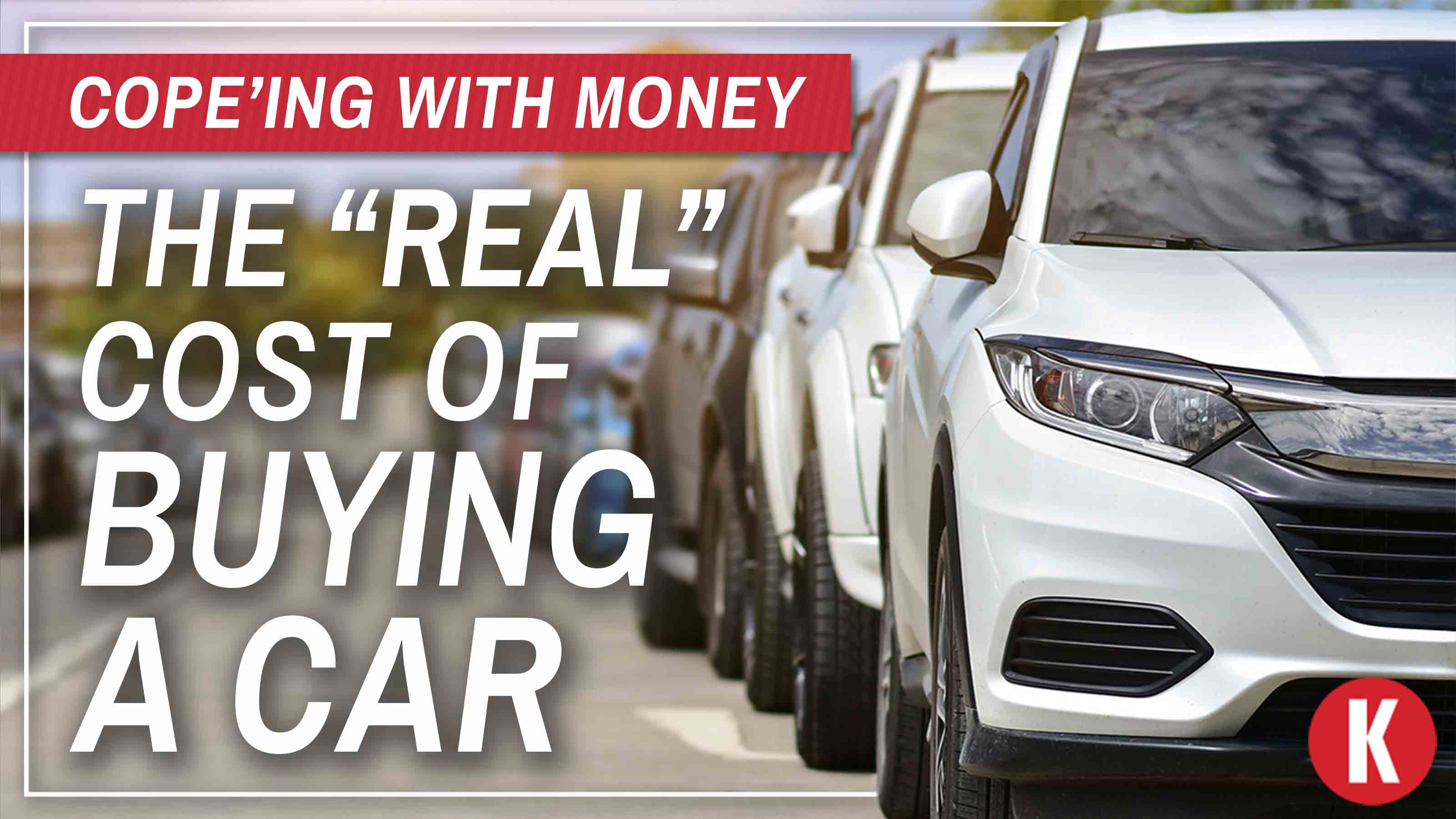 The "Real" Cost of Buying a Car
The "Real" Cost of Buying a CarFeature Atlanta Falcons linebacker and Kiplinger contributing editor Brandon Copeland illustrates how car prices are far more than meets the eye.
By Brandon Copeland
-
 How to Get a Car Deal in This Market
How to Get a Car Deal in This MarketBuying & Leasing a Car Low inventories mean it’s hard to haggle on price, but you can still negotiate on financing when shopping for a new or used car.
By Rivan V. Stinson